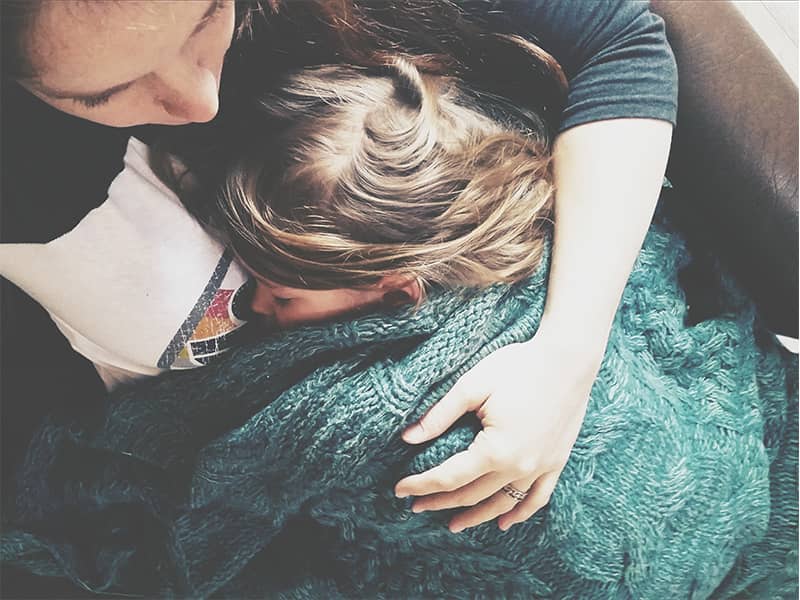How can parents with divergent perspectives create an environment in which family prayer can take place?
The answers to this question are various and few of them are easy. Some couples make an agreement that their children will be raised in either the father's or mother's religion. But there are times when agreements like this founder when one of the parents experiences a change of heart--and the inevitable tensions that follow. Some parents attempt to expose their children to both traditions, even to the extent of going to two different weekly worship services. Others find that they simply have to eliminate any practice of prayer or devotion in the home in order to avoid creating a minefield.
It is the choice to live out some type of "both/and" approach that will prove to be the most challenging on a day-to-day basis. To try to understand the challenge better, we asked our friend Leah Buturain to share her experience with us. Leah is a Catholic and her husband Ed is Jewish. Leah spoke very frankly about the tensions and tribulations of an interfaith household, but she stressed that even in the muddle of daily life, "prayer is all the more essential as a way to seek strength and unity beyond and in the midst of differences."
Like many parents in interfaith marriages, Leah works very hard to expose her children to the riches of both traditions. Also, as in many Jewish-Christian families there is a special emphasis on the shared Jewish heritage. The most frequent prayers in the Buturain home are said in Hebrew: the Sh'ma ("Hear O Israel, the Lord our God, the Lord is one") and a grace ("Blessed art thou O Lord our God, ruler of the universe who bringest forth this bread from the earth").
The Buturains acknowledge that conflicts continue to arise, symbolized in a bittersweet way by their son Samuel, who says to people "I am Jewish and I am Christian," illustrating this by drawing a vertical line down the center of his body.
Ed wrote to us: "I believe that the prayer in interfaith couples should be one that welds together both faiths but offends neither. I love my four-year-old daughter's simple prayer: 'Thank you God for our food, thank you for everything.'" This may sound like nothing more than a "lowest common denominator" approach, but there is much to recommend Ed's approach. Prayer and spirituality are such fertile things that even stripped down to the bare essentials, they can grow in your children's hearts.
Leah has taken comfort in the image of the pilgrim which she has found in Dante's great poem, "The Divine Comedy."
I am keenly aware of where I wish we would be, able to kneel down together and pray as a unified family. Yet, as Dante wrote, part of loving is learning to prefer the given. Instead of comparing ourselves to other families, I read aloud Psalm 139 and contemplate the unique identities we have been given. My hope is that all of our family prayers and rituals will participate in a procession much larger than ourselves, with a community of believers who have preceded us and who will follow us as well....
May we all have the grace to find our place in that procession.

